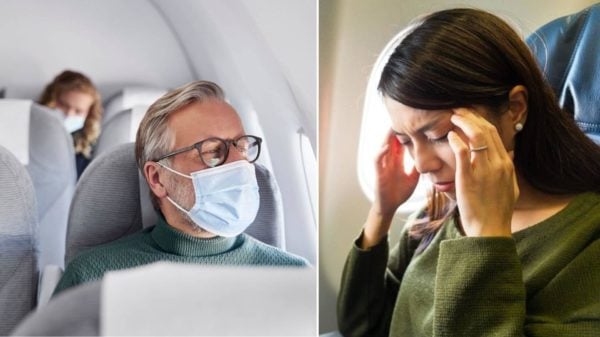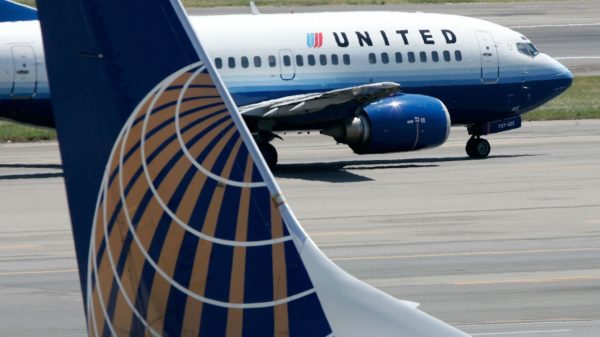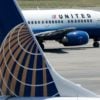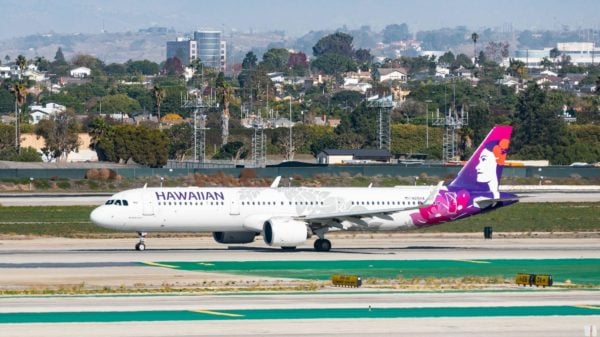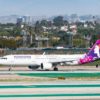In the world of commercial aviation, the dynamics between passengers and flight attendants often revolve around service, safety, and the occasional request for an upgrade. Patricia Green, a seasoned flight attendant, shared insights into one of the most common and frustrating aspects of her job: dealing with passengers who ask for upgrades.
She pointed out that flight attendants have limited authority to grant such requests. This frequent question, “Can I have an upgrade?”, reflects a misunderstanding among passengers about the role and powers of cabin crew members in regard to seating arrangements.
Adding to the conversation, another flight attendant, Destanie Armstrong, elaborated on the airline’s policy regarding upgrades in a video that gained significant attention online. She emphasized that flight attendants are not permitted to move passengers into first class or authorize upgrades. These decisions are made exclusively by gate agents prior to boarding.
Armstrong explained that any changes to seating after boarding, such as moving to a different class, are not within a flight attendant’s purview. This strict adherence to policy is partly because airlines view unauthorized upgrades as a form of theft, given that the passenger has not paid for the higher class of service.
Armstrong also noted that first-class seats are often filled before economy-class seats. This is due to the higher likelihood of first-class passengers having frequent flyer status or being willing to pay for upgrades. Empty seats in first class during a flight are usually temporary, awaiting late passengers or those temporarily away from their seats.
Despite these clear policies, Armstrong reported that some passengers still attempt to sneak into first class or use flattery in hopes of receiving an upgrade. These efforts are generally futile, as flight attendants are trained to adhere to seating assignments and are aware of such tactics.
Moreover, Armstrong shared insights about a specific type of passenger behavior involving exit row seats. These seats, often part of premium economy with extra legroom, attract passengers who sometimes resist moving when asked by flight attendants. This resistance stems from a desire to maintain the comfort and space offered by these seats, but it goes against airline policy if the passenger has not paid for this upgrade.
The process of receiving an upgrade is largely out of the hands of flight attendants. Armstrong clarified that upgrades depend on the availability of seats and the airline’s policies, which often prioritize passengers who have paid for an upgrade or have earned it through frequent flyer status.
In spite of this, she observed that there’s usually at least one passenger per flight who tries to negotiate or manipulate their way into a better seat. This behavior, while common, is generally ineffective and can create challenges for flight crew in maintaining order and adherence to airline policies.
The interaction between passengers and flight attendants regarding seat upgrades is governed by strict airline policies and procedures. While passengers often seek to improve their travel experience through upgrades, the authority and ability of flight attendants to grant such requests are limited. Understanding the roles and limitations of cabin crew in this aspect can lead to a more harmonious and rule-abiding flying experience for all involved.



















